
In the bustling offices of TechVision, a cutting-edge software company, Sarah, the marketing director, stared at her computer screen with a frown. Their revolutionary project management tool's latest product demo video had just been released, but the engagement metrics were disappointingly low. "What went wrong?" she wondered, scrolling through the comments. "Our product is amazing, but nobody seems to care."
As Sarah pondered this problem, she couldn't help but think back to a conversation she'd had with her mentor, Alex, a veteran in the world of video marketing. His words echoed in her mind: "Sarah, in the world of product video services, it's not just about what you show; it's about the story you tell."
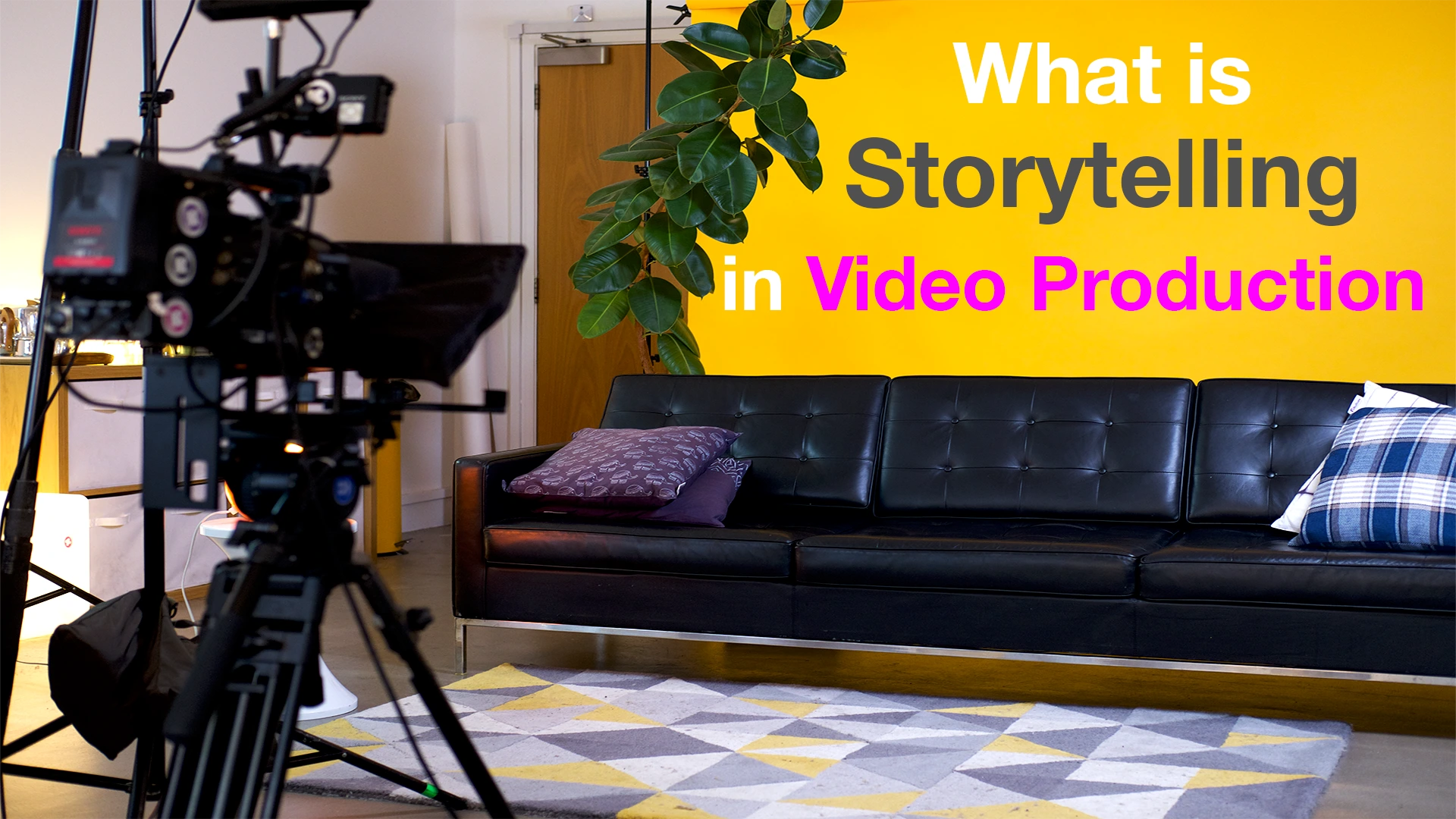
This blog post is a journey through the art of storytelling in video production, exploring how narrative techniques can transform your product videos from mere demonstrations into compelling stories that captivate and convert. Whether you're looking to create engaging product videos or searching for a product demo video service, understanding the power of storytelling is your key to producing high-impact product videos that resonate with your audience.
Human brains are uniquely attuned to narrative structures. This innate love for stories doesn't disappear when we don our professional hats or shop for products. Cutting through the noise of countless daily marketing messages becomes even more crucial.
To illustrate this point, let's consider the tale of two tech giants and their contrasting approaches to product videos:
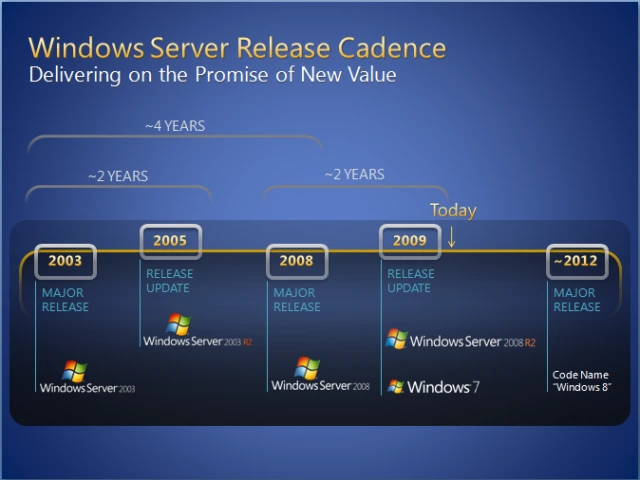
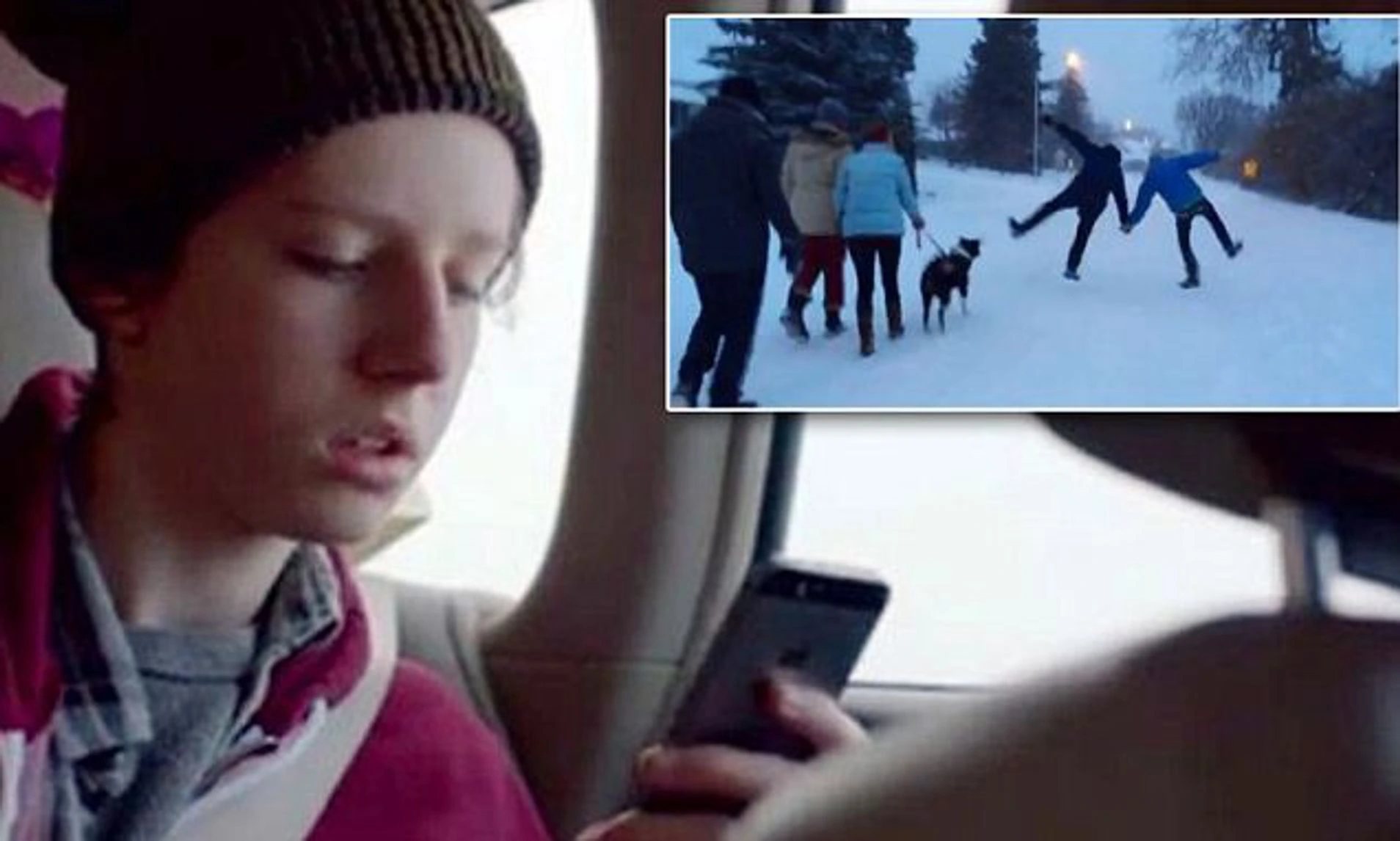
The difference in impact between these two approaches is stark. While Microsoft's ad provided information, Apple created an emotional connection. It didn't just show what the iPhone could do; it demonstrated how it could be a tool for creativity, connection, and capturing precious moments. The result? Apple's "Misunderstood" ad won an Emmy for Outstanding Commercial and garnered over 7 million views on YouTube within its first three days, according to AdWeek. It sparked conversations, earned media coverage, and left a lasting impression on viewers.
This example underscores a crucial point: in video production, particularly for product videos, it's not just about what you show but how you make your audience feel. A list of features might inform, but a story has the power to inspire, engage, and motivate action.
To harness the power of storytelling in your product videos, it's essential to understand and incorporate key narrative elements such as:

Imagine you're developing an explainer video for a new project management software. Rather than merely listing its features, you could narrate the tale of a frantic startup team grappling with tight deadlines. In this narrative, your software serves as the hero that restores order to the chaos, with each feature illustrated as a step in the team's transformation from disarray to streamlined efficiency.
Let's explore some compelling real-life examples of companies that have masterfully used storytelling in their video production:
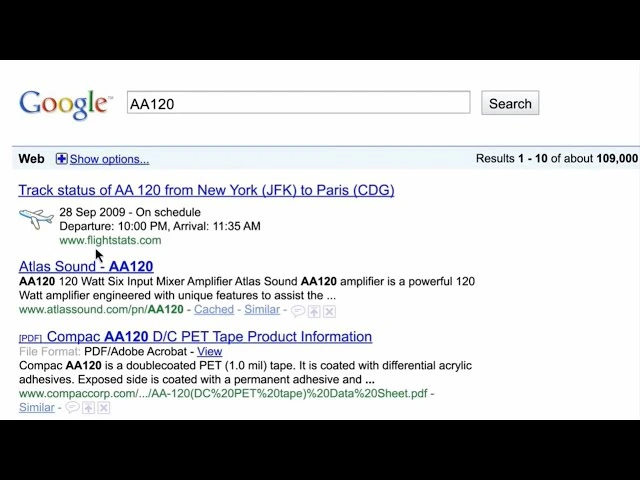
Why it works: Google demonstrates its search engine's role in life's big moments without directly promoting its features. The narrative is engaging, relatable, and emotionally resonant.
The success of this ad, which originally aired during the Super Bowl, led Google to create an entire series of "Search Stories," showcasing the versatility of storytelling in product marketing.
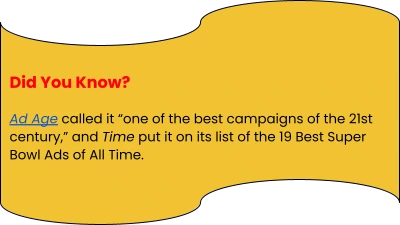
This groundbreaking campaign features a forensic artist drawing women based on their descriptions and then based on a stranger's description. The resulting portraits highlight the disparity between how women and others perceive themselves.
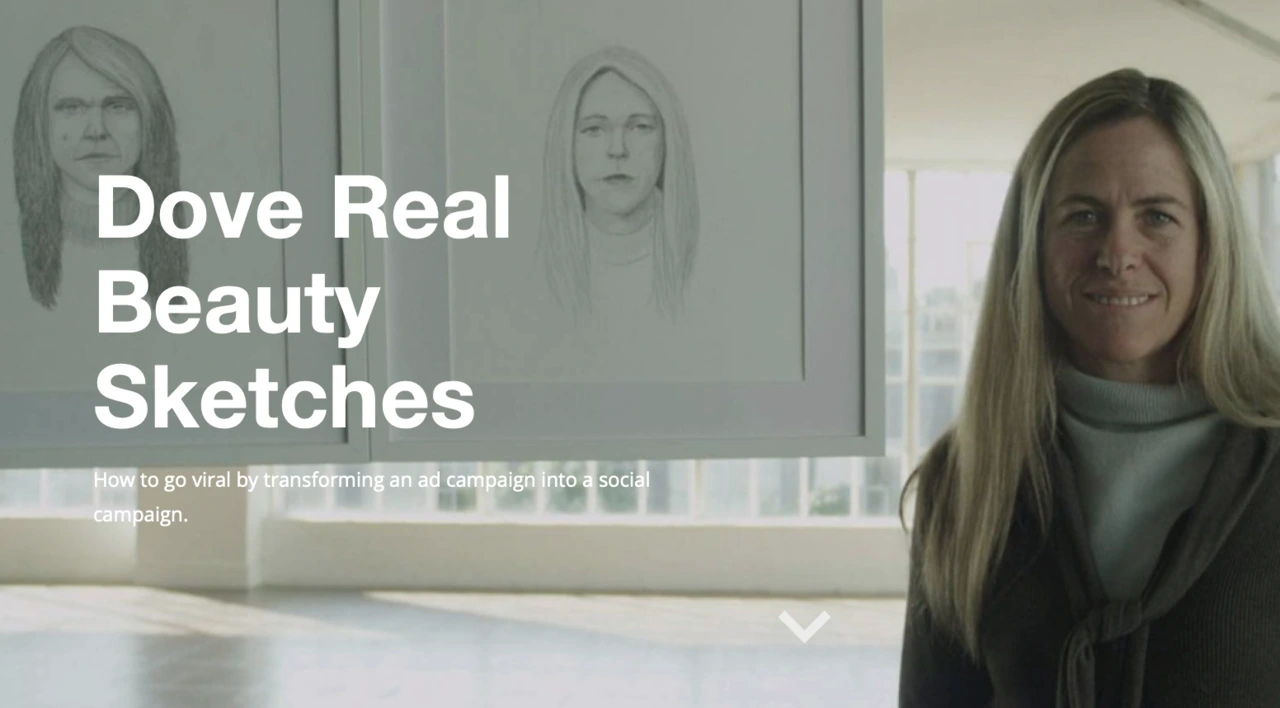
Why it works: While not a traditional product video, this campaign tells a powerful story about self-image that aligns with Dove's brand values. It connects with the audience emotionally and goes beyond product features.
According to a case study by Warc this campaign became the most-watched online video ad of all time (at that point), with over 114 million views. It was shared 3.74 million times within the first month of release.
Here are some techniques to incorporate narrative into your product videos:
Example: A fitness tracking app could show a user's journey from waking up to a smart alarm, logging breakfast, tracking a lunchtime workout, and ending with a sleep quality report. This narrative structure demonstrates the app's features and illustrates its seamless integration into daily life.

Example: An ad for a home organization product might show a cluttered, chaotic home where the family struggles to find things and get out the door on time. The middle of the video introduces the product, and the final act reveals a serene, organized space where mornings run smoothly.
Example: A video for noise-canceling headphones might start by following a busy professional through a series of noisy, stressful situations. Just as the viewer expects the character to snap, the headphones are introduced, transforming chaotic environments into peaceful, productive spaces.
Example: A video for a sustainable clothing brand could tell the story of its founder, who was inspired to start the company after witnessing textile waste during travels. The narrative could follow the journey from idea to sustainable manufacturing practices, ending with satisfied customers wearing the products.
Different types of product videos require different storytelling approaches. Let's explore how to implement narrative techniques in various video formats:
Explainer videos are often the initial stage of establishing contact between your product and your probable customer. They need to capture attention and convey value quickly.
Storytelling Approach: Use a problem-solution narrative. Start with a relatable character facing a challenge that your target audience often encounters. Introduce your product as the solution, weaving its features into the story of how it solves the character's problem.
Example: An explainer video for a time-management app could start with a frazzled professional juggling multiple projects and missing deadlines. The app is introduced as a personal assistant, with each feature presented as a solution to a specific pain point in the character's day.
While demo videos need to showcase functionality, they don't have to be dry walkthroughs of features.
Storytelling Approach: Create a narrative around a specific use case. Instead of just demonstrating features, show how they come together to solve a real-world problem.
Example: A demo video for a photo editing software could follow a photographer's workflow from importing raw files to delivering the final edited images to a client. Each feature is demonstrated by enhancing the photos to meet the fictional client's needs.
Social media videos need to capture attention quickly and deliver your message in a compact format.
Storytelling Approach: Use micro-narratives – concise stories that deliver a complete arc in just a few seconds.
Example: A 15-second video for a stain-removing pen could show a series of potential disasters (coffee spill, ketchup drip) averted quickly, each with a before-and-after shot, ending with a satisfied user confidently facing their day.
Remember, in video production, storytelling isn't just about the script. Visual elements play a crucial role in narrative:
As with any marketing initiative, assessing the effectiveness of your storytelling approach in product videos is essential. Here are some key metrics to consider:
As we conclude our journey through the world of storytelling in video production, let's return to Sarah at TechVision. Armed with these insights, she reimagined her product demo video. Instead of a feature-by-feature walkthrough, she crafted a story of a project team facing impossible deadlines and communication breakdowns. The new video showcased how TechVision's software brought clarity, collaboration, and success to the team.
The results? Engagement skyrocketed, share rates doubled, and, most importantly, demo requests increased by 50%.
In product video services, storytelling is not just an add-on; it's a fundamental approach that can elevate your content from informative to unforgettable. Whether creating an explainer video for products or seeking a product demo video service, remember that your goal is not just to show but to tell – to weave a narrative that resonates with your audience's hopes, fears, and aspirations.
Where do you start?
This is where a professional content agency steps in. They’ll understand your product, target market, and brand ethos to create videos that inform and inspire action. From scripting to post-production, they bring a cohesive, polished approach that ensures your video tells a memorable and engaging story.
Lexiconn also delivers a 30-minute content consultation session to assist you with your content strategy.
We at Lexiconn have the expertise to improvise your product's essence and craft it into a narrative that resonates with your audience. In a world awash with content, be the brand that tells stories. Be the product that becomes a character in your customers' narratives. Your product has a story. We will tell it for you.



I have read and accept the Privacy Policy
Read More